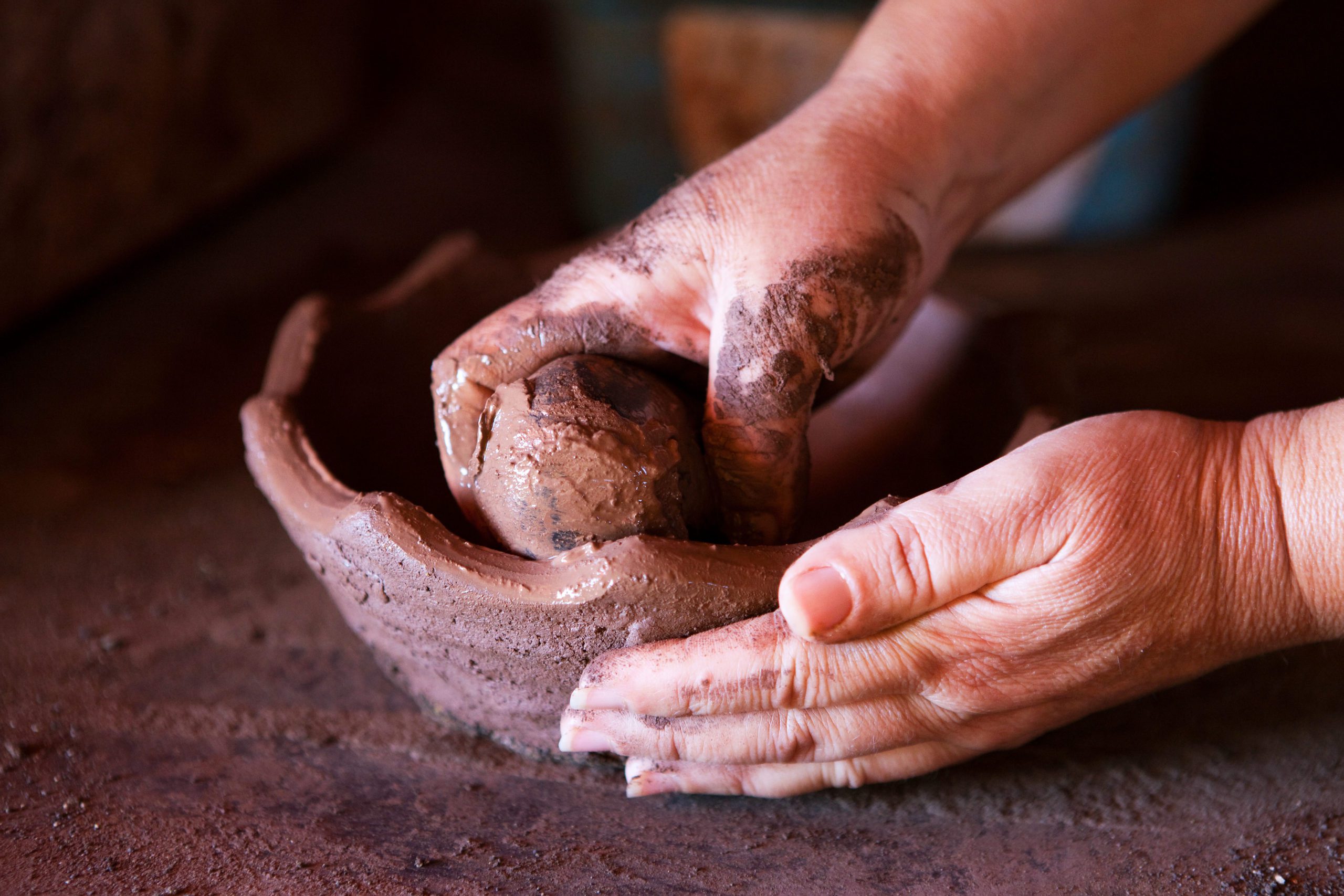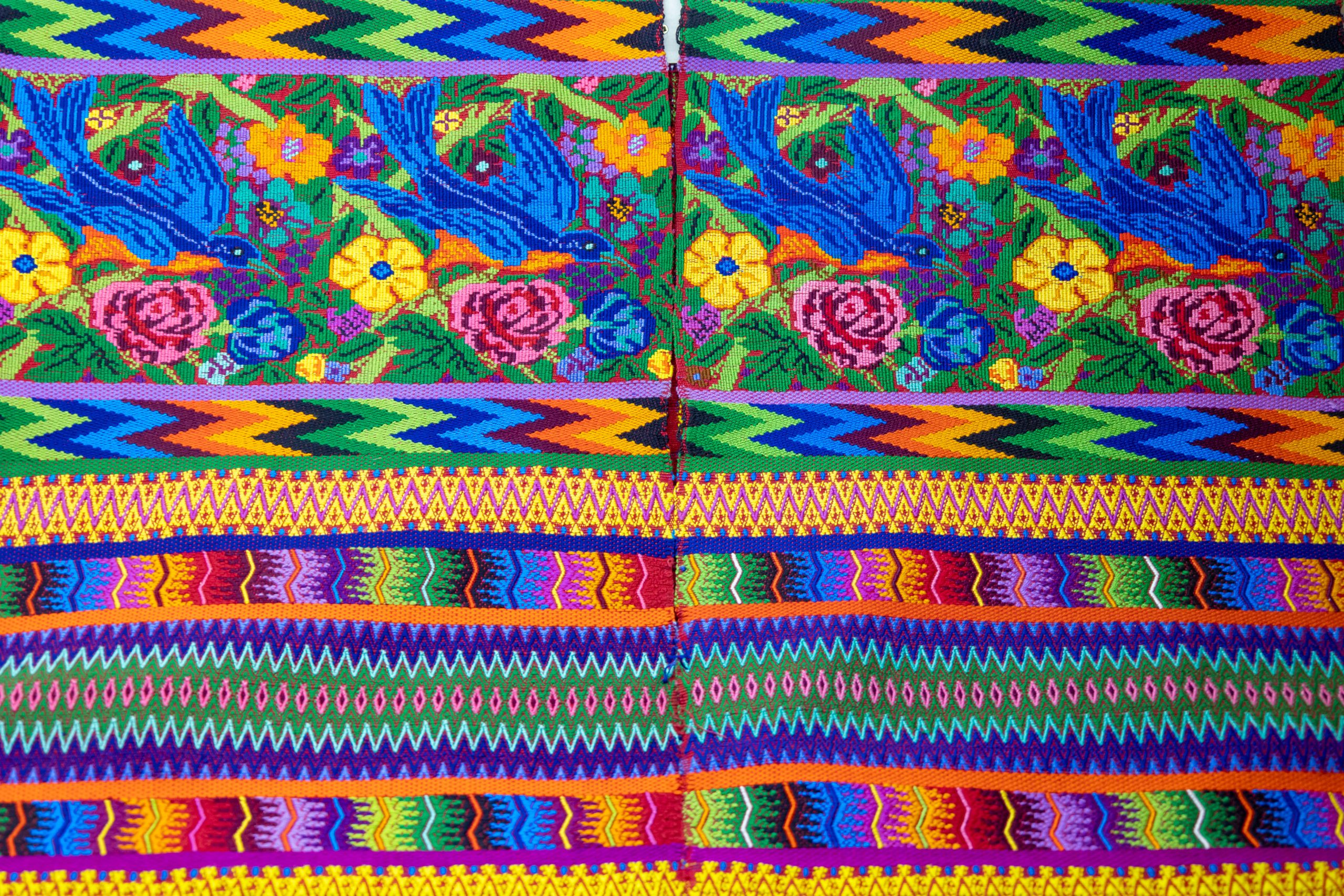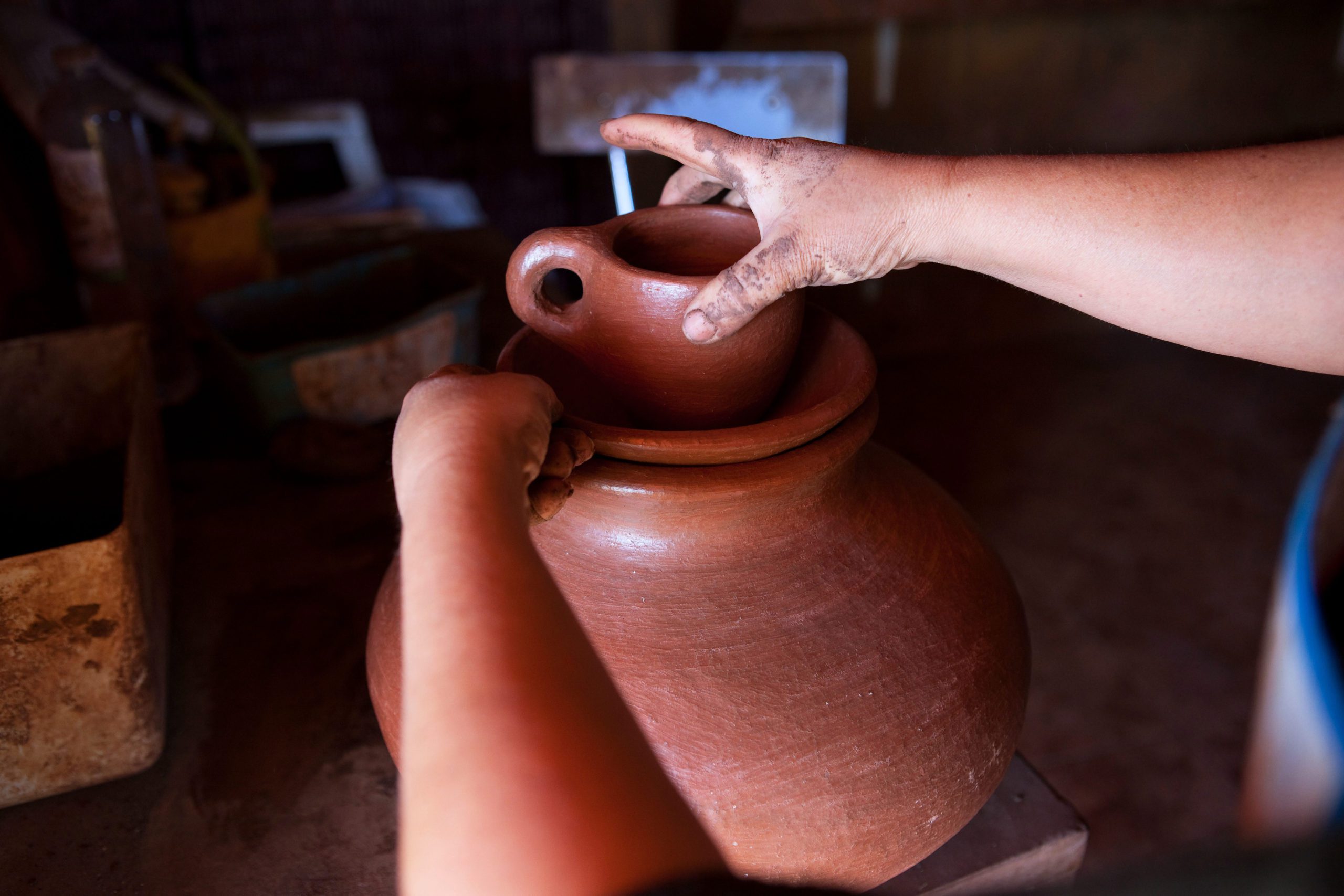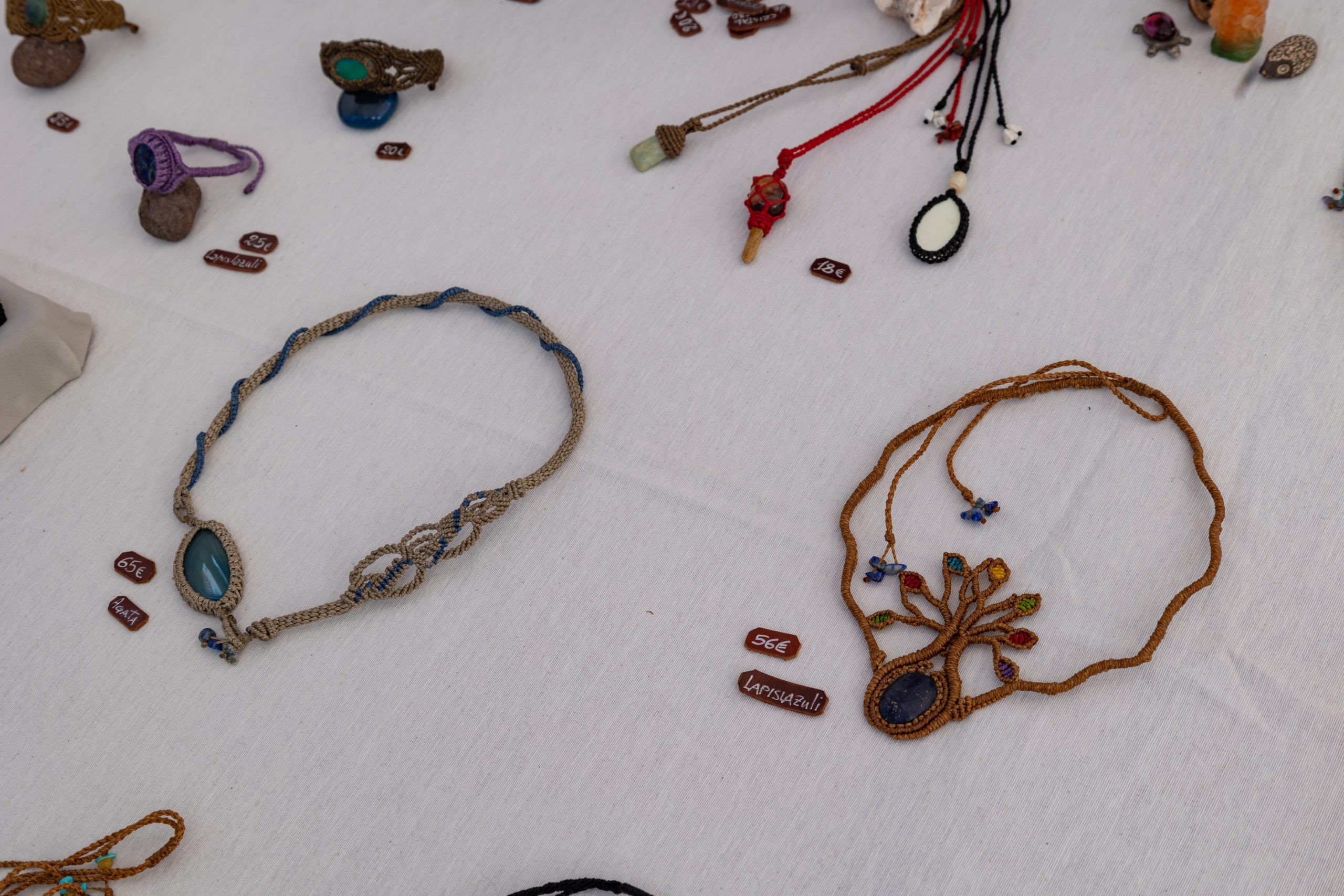The Canary Islands, celebrated for their stunning landscapes and rich culture, are also home to a vibrant community of local artisans who carry forward centuries-old traditions. From pottery to textiles, the islands offer a treasure trove of crafts.
The Canary Islands’ artisanal heritage is deeply rooted in history, influenced by the Indigenous Guanches, Spanish settlers, and the islands’ unique environment. Each island boasts local artisans dedicated to preserving traditional crafts.

- Tenerife:
Tenerife is renowned for its lacework and embroidery, with skilled artisans creating delicate, hand-stitched pieces. Visit the village of La Orotava, where workshops offer demonstrations of these techniques. The island is also famous for its ceramics, particularly the unique black pottery from Artesanía Chasnera in Granadilla de Abona. - Gran Canaria:
On Gran Canaria, the town of Tejeda is a hub for traditional pottery. Here, artisans use ancient methods to craft pieces inspired by the island’s pre-Hispanic culture. Gran Canaria is also known for its basket weaving, where artisans use local palm leaves to create beautiful pieces.

- Fuerteventura:
Fuerteventura is famous for its textiles, especially the Jandía blanket, a traditional woven piece that has been crafted on the island for centuries. Artisans also create goat leather goods, reflecting the island’s deep connection to its agricultural roots. - Lanzarote:
In the village of Haría, local workshops specialize in ceramics and hand-painted tiles, often reflecting the island’s natural beauty. The influence of artist César Manrique can be seen in many local crafts, particularly in the use of recycled materials to create innovative designs.

- La Gomera:
La Gomera’s artisans excel in pottery and basket weaving. In the town of El Cercado, potters work with local clay to produce traditional pieces without the use of a potter’s wheel, a method passed down from the island’s original inhabitants. - La Palma:
La Palma has a strong tradition of silk weaving. The Museo de la Seda in El Paso is a must-visit, where you can watch the entire process of silk production, from the silkworms to the finished fabric. La Palma is also home to talented woodcarvers who create intricate designs inspired by the island’s flora and fauna.

- La Graciosa:
Handcrafted jewellery and woven goods are the heart of craftsmanship on la Graciosa, they reflect the simplicity and natural beauty of this quiet island. Visit Caleta de Sebo to meet local artisans and explore their unique creations. - El Hierro:
On the smallest island of the Canaries, blacksmithing and stone carving are prominent crafts. El Hierro’s artisans are known for creating iron tools and decorative items that reflect the island’s rugged beauty. Workshops in Valverde showcase these time-honored skills, allowing visitors to see the process up close.
Visiting the workshops and studios of the Canary Islands’ artisans is more than just a shopping experience—it’s an opportunity to connect with the island’s cultural heritage. Many workshops offer hands-on experiences, where visitors can try their hand at traditional crafts, guided by skilled artisans.
For more information on artisan workshops and cultural experiences in the Canary Islands visit https://www.hellocanaryislands.com/.
Sophie Sheridan Burns
+353(86)0846589
sophie@travelmedia.ie
Equipo de creación de contenidos
para la marca Islas Canarias:
INTERPROFIT
